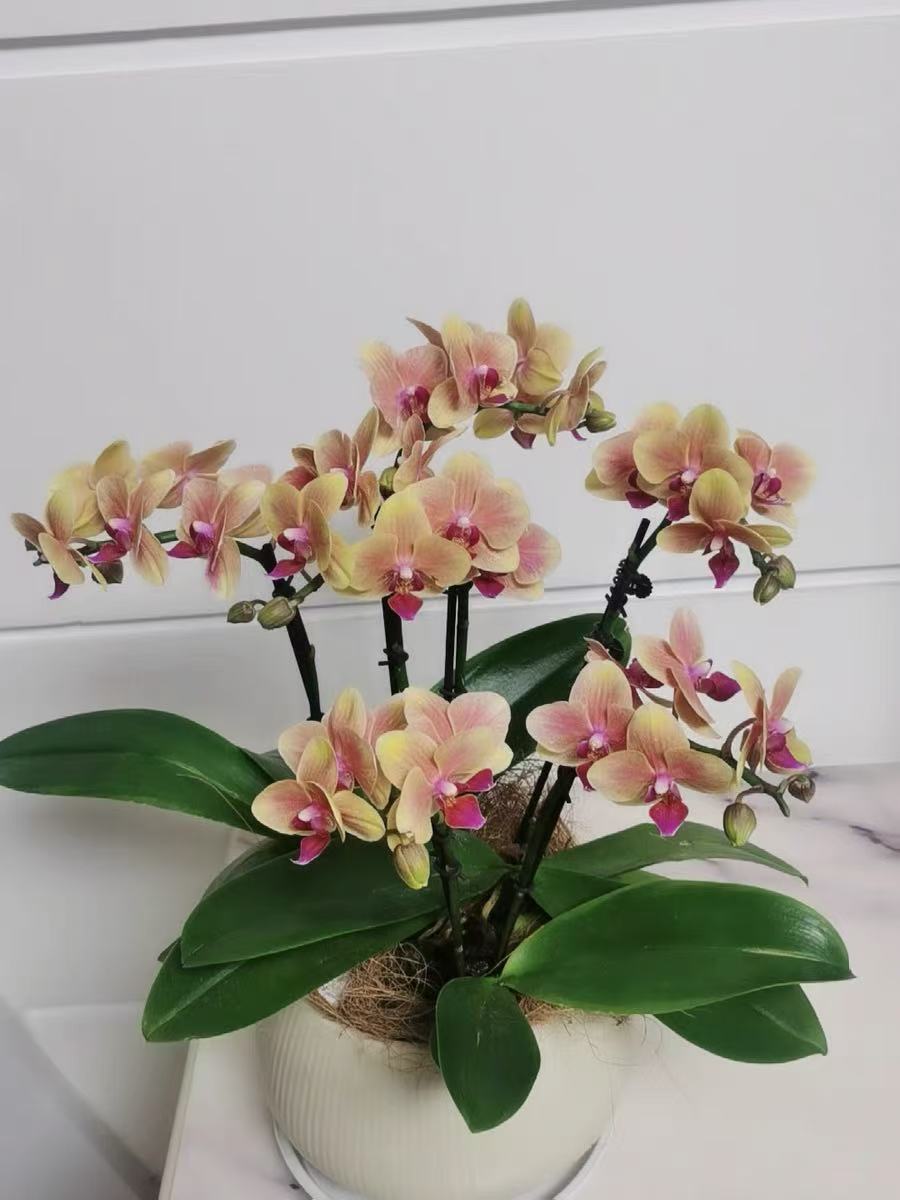In spring, everything comes back to life and the temperature gradually warms up. Many people want to move the plants in their homes outdoors to let them enjoy the sunshine and rain. However, not all plants are suitable to be moved outdoors in spring. Here are four types of plants that are not suitable to be placed outdoors in spring, so as to avoid damage to the plants due to improper maintenance.
Succulent plants: Succulent plants are deeply loved by many plant lovers because of their cute appearance and small and delicate plants. However, the changeable weather in spring is very dangerous for succulents. The temperature in early spring is unstable, and "late spring cold" often occurs. Most succulent plants are not cold - resistant. If they suddenly encounter low temperature, the water in the cells will freeze, destroying the cell structure, resulting in frost - bitten and water - soaked leaves. In severe cases, the plants may even die. At the same time, the rain increases in spring. Succulent plants are drought - tolerant and afraid of waterlogging. Excessive rain will make the soil wet for a long time, which is easy to cause root rot. Moreover, the sunlight intensity gradually increases in spring. Succulents that have grown indoors for a long time will be sunburned when suddenly exposed to strong sunlight, and sunburn spots will appear on the leaves, affecting the ornamental value.
Phalaenopsis: Phalaenopsis flowers look like butterflies and have an elegant posture. They are excellent indoor ornamental flowers. Phalaenopsis belongs to tropical epiphytic orchids and has strict requirements on temperature and humidity. Although the overall temperature rises in spring, the temperature difference between day and night is large. The suitable growth temperature of Phalaenopsis is between 15℃ and 25℃. The low temperature at night may inhibit its growth and even cause cold damage. In addition, Phalaenopsis likes a humid and well - ventilated environment. The large air flow outdoors and the fast water evaporation are easy to lead to its water shortage. At the same time, the strong wind in spring may break the fragile flower stems and leaves, affecting its normal growth and flowering.
Asparagus fern: Asparagus fern has a light body and delicate and beautiful leaves, giving people an elegant feeling. Asparagus fern likes a warm, humid, semi - shady and ventilated environment. The sunlight gradually becomes strong in spring. The direct sunlight outdoors will make the leaves of asparagus fern turn yellow and dry, seriously affecting its beauty. Moreover, the air in spring is relatively dry, and the outdoor environment cannot meet the humidity requirements of asparagus fern, which is easy to cause the leaves to wither due to water shortage. In addition, the roots of asparagus fern are relatively fragile, and the complex outdoor soil environment and possible insect pests will also damage its roots.
Pachira aquatica: Pachira aquatica has a good moral and is a common indoor green plant. Pachira aquatica is native to tropical regions and has extremely poor cold resistance. The low temperature in spring is a great threat to it. Once it is frozen, the leaves will turn yellow and fall off at least, and the whole plant will die at worst. At the same time, Pachira aquatica is drought - tolerant and afraid of wetness. The frequent rain in spring and the outdoor waterlogging are easy to lead to root hypoxia and rot. Moreover, Pachira aquatica has adapted to the relatively stable indoor environment. Suddenly placing it outdoors, the drastic environmental changes, such as light intensity, wind force, etc., will make it difficult to adapt and show poor growth.
When maintaining plants in spring, we must fully understand the growth habits of plants and must not blindly place plants outdoors. Only by providing suitable growth environments for them according to the characteristics of plants can these plants grow healthily.
Which plants are not suitable to be placed outdoors in spring?

Share with
Tagged in :




Leave a Reply